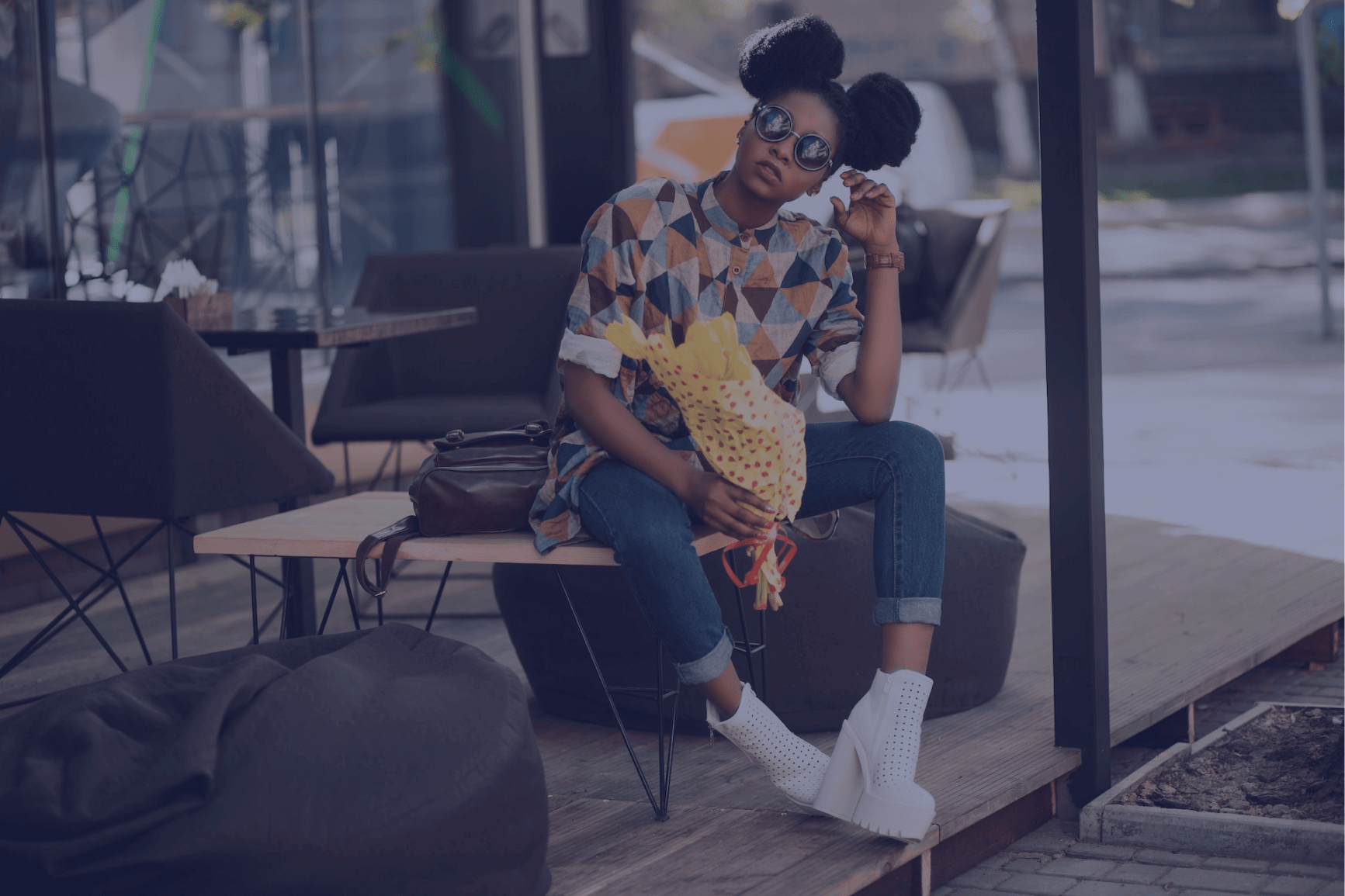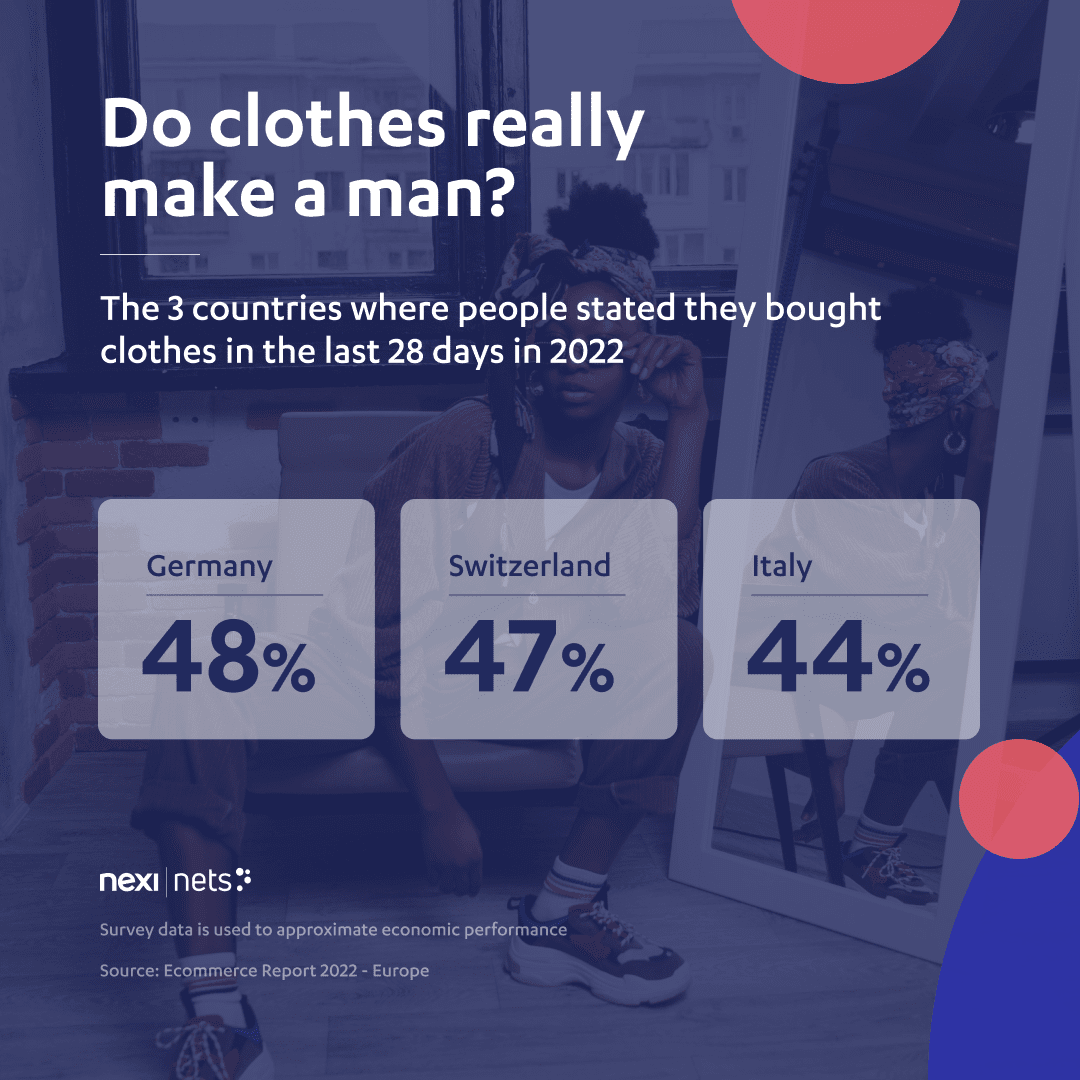Fashion has always been at the forefront of commerce, and it is no different when it comes to e-commerce. Accordingly to Statista, fashion e-commerce is at an all-time high, increasing from $481.2 billion in worldwide revenue in 2018 to $712.9 billion by 2022, and it is expected to reach $821 billion in 2023 worldwide and $230 billion in Europe.
July 2024
Why Partnerships Matter
Partnerships play a pivotal role in the success and growth of ecommerce gateways and payments companies. In the fast-paced digital landscape of online commerce, forging strategic alliances can provide a multitude of benefits that extend beyond what a company can achieve on its own.











